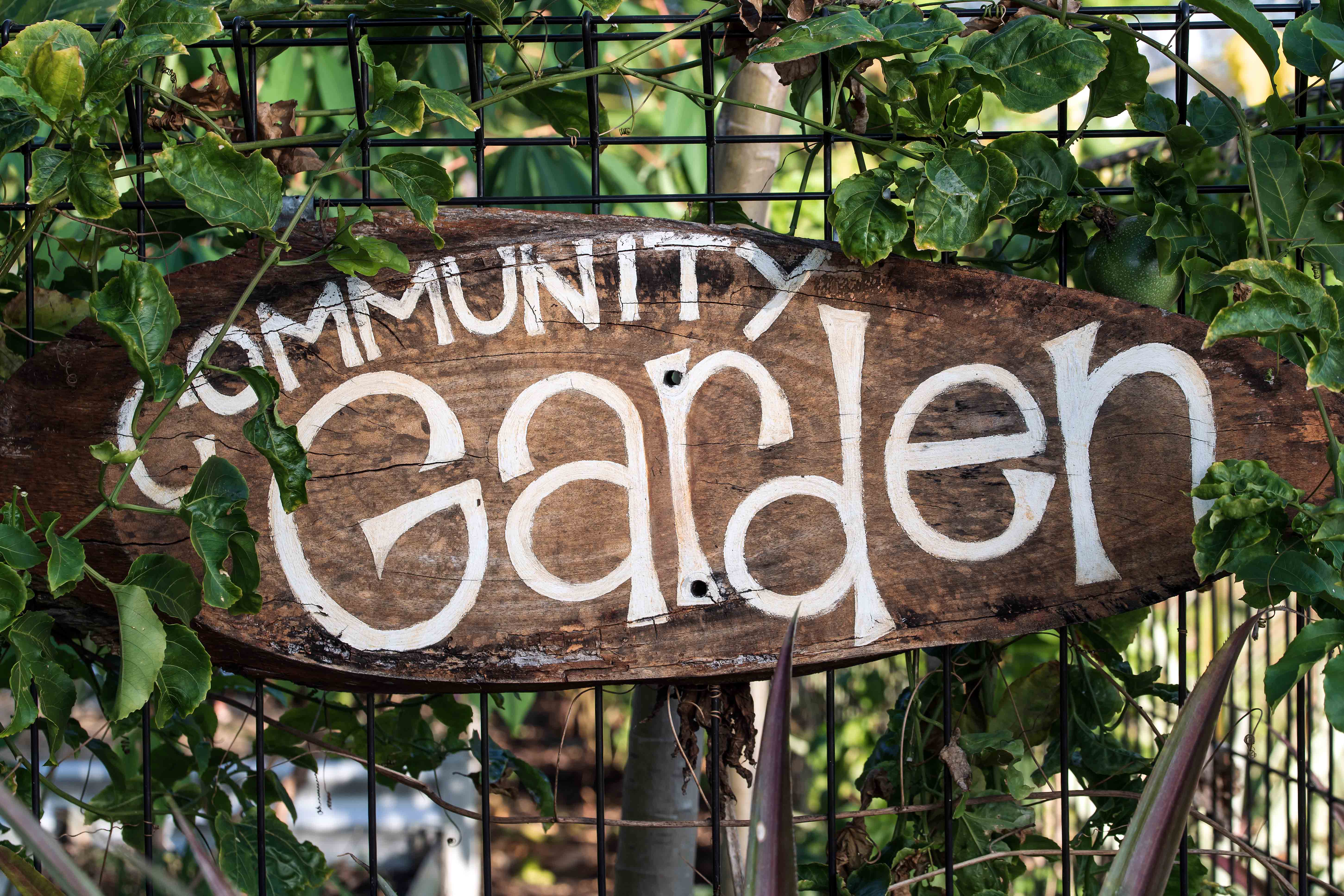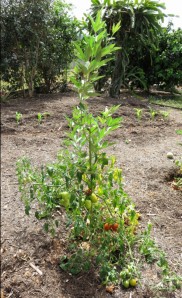Stacked Gardens/Sack Gardens/Vertical Gardens. Reforestation.me – about urbanisation, planter boxes, polystyrene boxes, vegetables, herbs, gardening in units/flats/apartments, flower tower, bag gardens, sack gardens, climbers,vertical gardening, permaculture.
Some ideas and techniques for growing more food in less space.
For additional ideas on growing more food in less space, please click here: vegsand
*

*

*
Herb spiral
*
*

*
Stacked gardens for stacks of food.
With increasing population in cities, both in developed and developing countries, there is a loss of arable land and a growing need to produce more food in less space.
More people are now living in apartments with less space, and there is a trend towards larger houses with smaller gardens. According to the BBC DVD “Supersized Earth”, more than half of us live in cities (2008), and in many cities there are large slum areas/shanty towns, where space is extremely limited. Plants can provide food, but also make high density living a pleasanter experience.
*

Stacked gardens and bag gardens are just a couple of ways of growing more food in less space. Various types of containers can be stacked above each other, in various arrangements, such as polystyrene foam boxes, plastic buckets and bottles, bag or sack gardens, etc., to produce more food in less space. For more on bag gardens/sack gardens and keyhole gardens – visit www.sendacow.org.uk/, go to the bottom of the page, centre column. Also, the article “Sack Gardening”, by Simon Hart in Permaculture no 71 Spring 2012, pgs 30-33. See also the roof garden using hessian/burlap bags on the “Zai holes, roof gardens, Circle gardens” page on this website.
Normally a good quality potting mix would be used, but home-made compost is cheaper and will usually provide good results. Earthworm casts (higher in available nutrients than soil) can typically be found beneath leaves under trees and under grass mulch in moist spots. Casts can be collected (preferably from an area with fertile clay soil) and placed in the container as it is filled with potting mix or compost. The casts could be positioned and evenly spread at about half the depth of the potting mix in the container, and around the edge/sides of the container, where roots are likely to grow. The earthworm casts will increase fertility, and hold water. This is a cheap way of producing food that is highly nutritious.
In his book “Earthworms in Australia”, David Murphy recommends up to “thirty per cent vermicast…which will provide sufficient nutrition to sustain healthy growth for up to six months”.
*

*
Stacked polystyrene foam boxes
Drainage holes need to be cut into the bases of some types of boxes, and should drain from higher boxes into lower boxes. The boxes at the top are likely to be drier, sunnier, and more exposed, and the lowest boxes wetter and shadier, and plants should be chosen accordingly.
Placing bricks or stoppers of some sort or another at the base of the bottom boxes would prevent drainage from being impeded, and may keep fruit and edible leaves cleaner.
This arrangement is not as space efficient as some, but has a larger area exposed to the sun and should suit larger or taller crops and vegetables. Some that may be suitable:
maize, sorghum, millet,
cassava, Jerusalem artichokes, quinoa, grain and leaf amaranth, Celosia argentea, okra, rosella, Cosmos caudatus,
Moringa oleifera PKM-1 and PKM-2,
Tomatoes, potatoes, cape gooseberry, black or red currants, various berries,
Silverbeet (Swiss chard), kale, Zucchini, marrows, bushbeans etc.
Also, possibly fodder plants, or plants to produce mulch or material for to make compost or potting mixes:
Comfrey, lucerne/alfalfa, Atriplex nummularia, Panicum maximum, Andropogon, Phalaris and other grasses, etc.
*

Boxes can be taped together, and the adjoining walls cut out, to make larger containers which would suit somewhat larger plants such as yacon, pigeon pea, dwarf fruit trees, and the Moringas mentioned above, Brazilian Cherry, for example.
*
In the design above, the lid of the box is made shorter, and taped back on to the box. The boxes could also have the roof removed and could fit into narrow spaces such as along staircases, or up against walls. Should suit strawberries, cherry tomatoes, Cape gooseberries, trailing herbs such as mint etc… see a possible arrangement below:
The lids of the boxes can be cut and taped as in the above photo, and drainage holes cut in the bases so that water and fertilizer drains from the top boxes into the lower boxes (efficient use of water and fertilizer, but this could also spread soil-borne diseases to lower boxes). Alternatively, the roofs of the boxes could be cut off.
In this design, the roofs would be cut out, and boxes taped together as necessary. This arrangement would suit large trailing plants such as cherry tomatoes, and could be made longer so that it doubles as a wall for privacy. The arrangement below is similar.

A “flower tower“, in this case Impatiens wallerana. A vertical arrangement of smaller boxes which should suit strawbwerries and smaller herbs, medicinal plants and vegetables. This smaller type of box can also be arranged in multiple interlocking configurations against a wall, see below. In this photo the boxes were spray painted for appearance sake. Flowers can be mixed with vegetables to attract beneficial insects, for example borage, calendula, gaillardia and many other daisy species, Limnanthes douglasii, nasturtiums, Portulaca grandiflora, dill, tansy etc.
*

*

Polystyrene boxes can also be lined with hessian/burlap or woven black plastic weedmat, and used to propagate plants for reforestation. When the cuttings/seedlings have roots, the hessian can be lifted out, the plants gently separated, and planted out.
Alternatively, a mix of species can be sown/struck as cuttings, and the entire hessian/potting mix/plants “package” can be planted out. This may not work well in drier climates, where deeper containers are likely to be better.

Climbers and espaliered fruit trees
Where space is limited, good use can still be made of vertical space, by for example, espaliering fruit trees against a wall or fence (pruning/training flat against a fence or wall), and growing climbers. Some climbers need a support such as a trellis or wire mesh, while others are clinging creepers which can grow up a support, such as a tree, e.g. vanilla, dragon fruit.
*
*
*
*
“When I was young, I said to God,
‘God, tell me the mysteries of the universe.’
But God answered, ‘That knowledge is for me alone.’
So I said, ‘God, tell me the mystery of the peanut.’
Then God said, ‘Well George, that’s more nearly your size.’
And He told me.”
George Washington Carver
*
*
***
Happy gardening!
David Clode.
Reforestation.me






















Rattling superb visual appeal on this internet site, I’d rate it 10.
LikeLike
I am often to running a blog and i really admire your content. The article has really peaks my interest. I am going to bookmark your web site and hold checking for brand spanking new information.
LikeLike
Keep up the great work , I read few blog posts on this internet site and I conceive that your web blog is real interesting and has bands of wonderful information.
LikeLike
Thanks a ton for being my mentor on this niche. We enjoyed your current article greatly and most of all cherished how you really handled the aspect I widely known as controversial. You’re always really kind towards readers like me and aid me in my lifestyle. Thank you.
LikeLike
I think this is one of the most vital info for me. And i’m glad reading your article. But want to remark on few general things, The site style is perfect, the articles is really nice : D. Good job, cheers
LikeLike
I like this website very much so much excellent information.
LikeLike
It’s the second time when i’ve seen your site. I can see a lot of hard work has gone in to it. It’s really good.
LikeLike
I do like the manner in which you have presented this specific situation.
LikeLike
Thanks everyone for your wonderful comments.
LikeLike